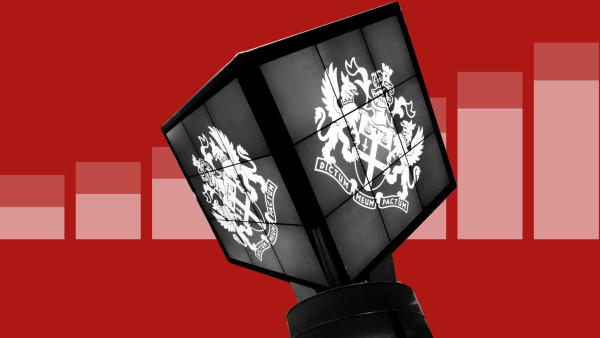
This is a complex area; there are a host of fees that can be charged and these will vary by provider.
Peter Steele, Seneca PartnersTax Efficient Review drills down further into VCTs’ track records, measures fees and costs and, most importantly, how long the trusts’ teams have worked together and staff turnover.
Investment services like Wealth Club also collect VCT data, including up-to-date information on how much a fundraise has left to raise.
Understanding performance
While investors are regularly reminded that past performance does not guarantee future results, the past performance of a VCT can give more of an insight into its future potential.
A study done by the Becker Friedman Institute in the US said "persistent" performance for venture capital funds exists, showing that investors have a higher chance of a higher return from a venture capital fund if it has performed well in the past.
Hugh Rogers, director at Tax Efficient Review, said in a recent white paper by Seneca Partners and Clear Concise Media that profitable exits are a big part of what to look at when assessing a VCT’s performance.
“We put weight on that,” he says, “but we also take time to understand what has driven their valuations.”
Fees are also important to look at, but do not take them at face value, says Peter Steele, retail operations director at Seneca Partners.
“This is a complex area; there are a host of fees that can be charged and these will vary by provider, with some having stronger fees in one area in order to offer a lower fee elsewhere.”

It is good to look into the experience of the team and the resources behind them.
Nick Britton, the AICFor instance, a key question would be at what point do performance fees get triggered, is there an annual hurdle or is it cumulative, Steele adds.
“Look at where you are charged and how you are charged,” he says. “Fund managers will always show how low their fees are where they can,” he says.
Looking at the managers themselves and their team is also worthwhile.
A team’s experience can really make a difference to a VCT’s performance, says Nick Britton, head of intermediary communications at the AIC.
“Even some managers whose VCTs may only be a few years old have been doing this kind of investing for a long time, so it is good to look into the experience of the team and the resources [behind them],” he said.
VCT managers can also affect the trajectory of a company’s success, as often the managers will sit on the boards of the companies they invest in.











